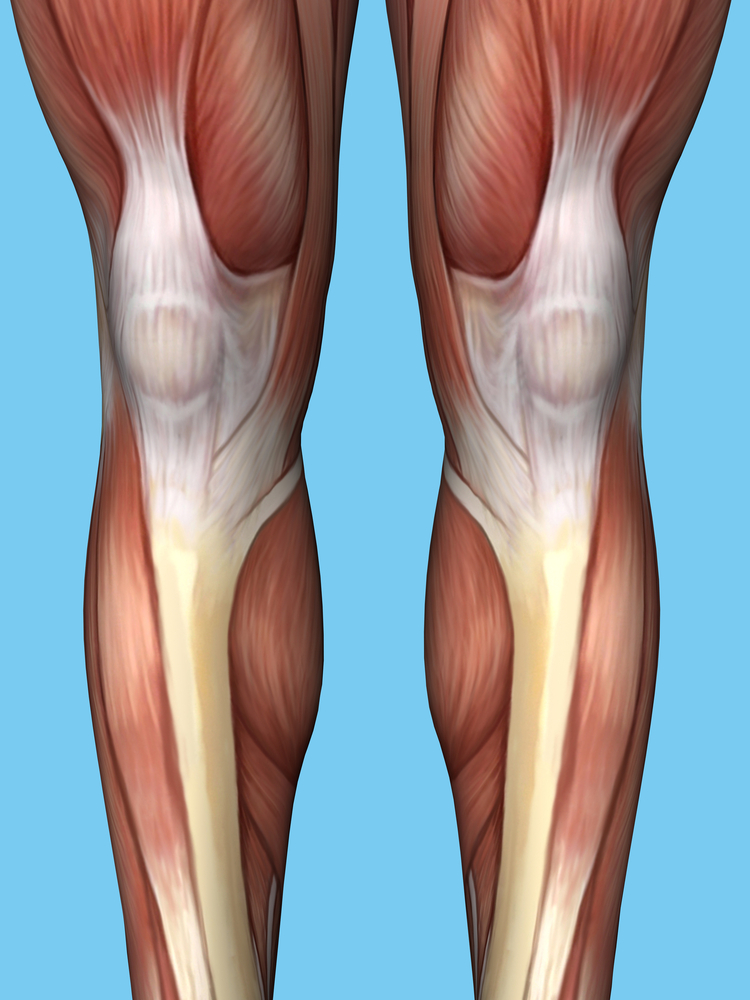
Shin Splints | Treatment Strategies
Monday, May 30, 2016
Afflicting most who are into some kind of intense workout or running routine, Medial Tibial Stress Syndrome, called more commonly as shin splint, is a painful condition that causes sometimes soreness or a sharp painful sensation in the inner shin, running down to the ankle or even the upper portions of the shin. It is as common amongst professional athletes as among the casual ones.
Typical of shin splints is the kind of pain that will immediately manifest as you begin the run or walk and may reduce as the body warms up to return again anytime during the run. But as you end your run, the pain could return with greater intensity making you stop on the tracks. In the following days the pain would be consistently present each time you walk fast or run.

The main cause for this rather painful condition called shin splints is the pressure on the Periosteum or shin bone's outer surface by the tissue or muscle of that area, called the fascia. With each step taken while running, a massive amount of weight lands on each foot-sometimes as much as twice or more of your body weight. This is the amount of distress the muscle and bone has to withstand which requires a careful control.
Shin Splints could be caused by numerous factors-very hard running surface, poor choice of footwear-the kind that lends no support to the foot or has poor grip, a change in training, or technique of running that makes the landing of the weight on the knee, too jarring-all of these could be culprits.
Shin Splint Treatment
Getting a biomechanical assessment of your running style would be the first element to thoroughly check out. This could be easily done through a treadmill test wherein our physiotherapist will analyze your running style. An early detection of a poor technique will prevent setting in of some deep lined injury. The assessment will identify if your step rate is too high or too short, which in turn will stem the damage.
Shin Splint Treatment Based on Level of Injury
1st Stage - Begins early during warm up when you are just beginning your exercise and will continue to increase as the workout extends.
2nd Stage - Pain at the time of warm up-disappears in between but comes back with sharpness as you end the work out or run. However you may be able to complete your workout or run without much pain in between.
3rd Stage - the kind of pain that intensifies during activity to such an extent that one has to immediately stop the exercise.
4th Stage - continuous pain that does not allow any activity.
Temporary Treatment
- Applying ice for at least 20 minutes every 2 to 4 hours will help ease the pain.
- One could use tape to provide some kind of support to the area so that the injured tissue can get some respite. It would help support the bone as well.
- Exercises recommended by your physiotherapist alone should be done, basically involving some strengthening or stretching.
- Designed to suit your level or stage of condition-a strengthening and conditioning workout routine to negate any chance of recurrence.
Your recovery to normal condition will require one to take into consideration three factors-how well you respond to treatment, the kind of injury and its stage and the kind of activity you would have to take up soon after undergoing treatment. Untreated shin splints result in tibial stress fracture that can be hugely debilitating, putting you out of action for almost six weeks.
Help is easily available at Great West Physio on 02 9670 3800 for professional treatment of your condition, as well as for assessment done scientifically to help analyze the method best suited to your stage of injury.
